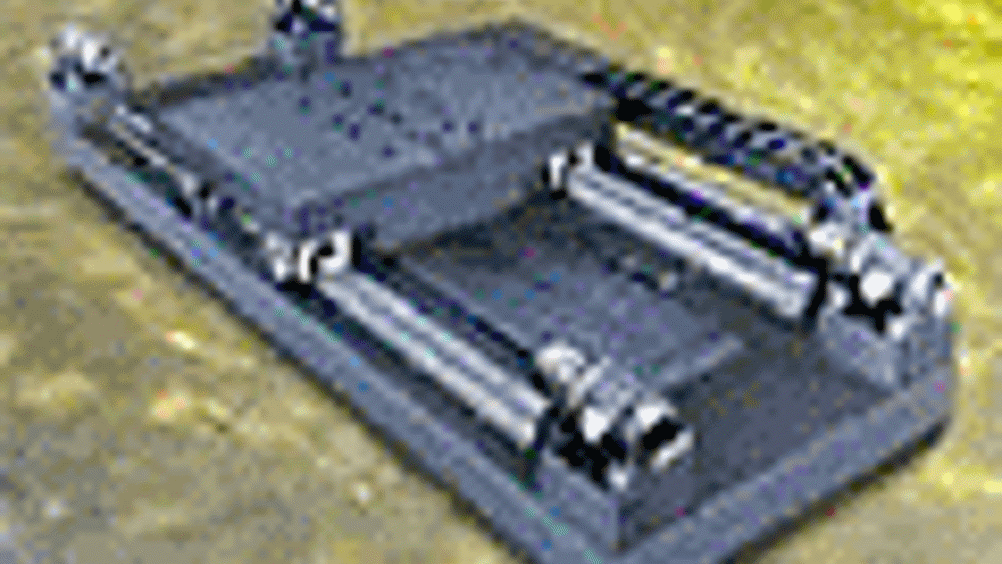Two-way travel
For the first time, standard linear motors can simultaneously provide movement along two axes, thus reducing the number of motors. Siobhan Wagner reports

A technique that for the first time allows standard linear motors to provide movement along two axes simultaneously could allow equipment designers to reduce the number of motors and electronic drive modules.
The 'NForcer technology' from
in the Netherlands has the potential to simplify the overall mechanics of equipment such as pick-and-place machines used to assemble electronic printed circuit boards.
The technology could mean lower equipment cost, while the reduced number of moving parts will mean higher accelerations and operating speeds.
With the new technique, horizontally-mounted linear motors can generate lift and lateral motion with just one motor. Ordinary linear motors can also be used to produce precision magnetically- levitated platforms with 3D shifts and tilts.
According to Philips' senior scientist Georgo Angelis: 'The beauty of this is that it requires no modification to existing motor components. You just need to re-position them slightly and drive them in an intelligent way.'
Ironless, multi-phase linear motors use current-carrying conductors in a magnetic field to generate a Lorenz force — at right angles to the current and the magnetic field — that provides motion.
Register now to continue reading
Thanks for visiting The Engineer. You’ve now reached your monthly limit of news stories. Register for free to unlock unlimited access to all of our news coverage, as well as premium content including opinion, in-depth features and special reports.
Benefits of registering
-
In-depth insights and coverage of key emerging trends
-
Unrestricted access to special reports throughout the year
-
Daily technology news delivered straight to your inbox










Water Sector Talent Exodus Could Cripple The Sector
Maybe if things are essential for the running of a country and we want to pay a fair price we should be running these utilities on a not for profit...